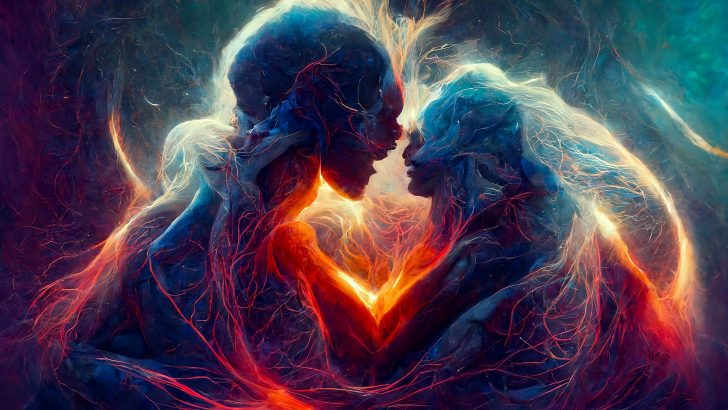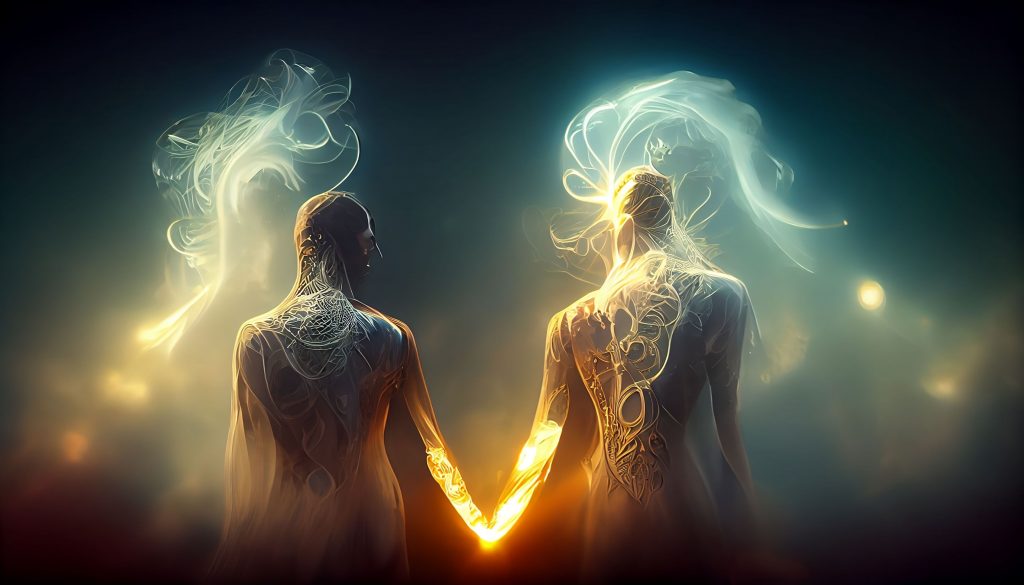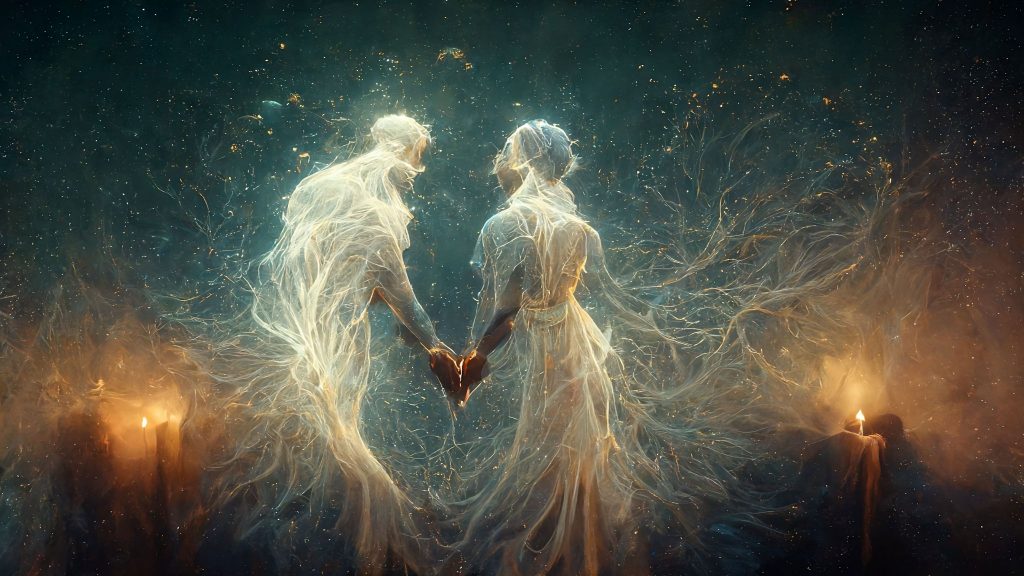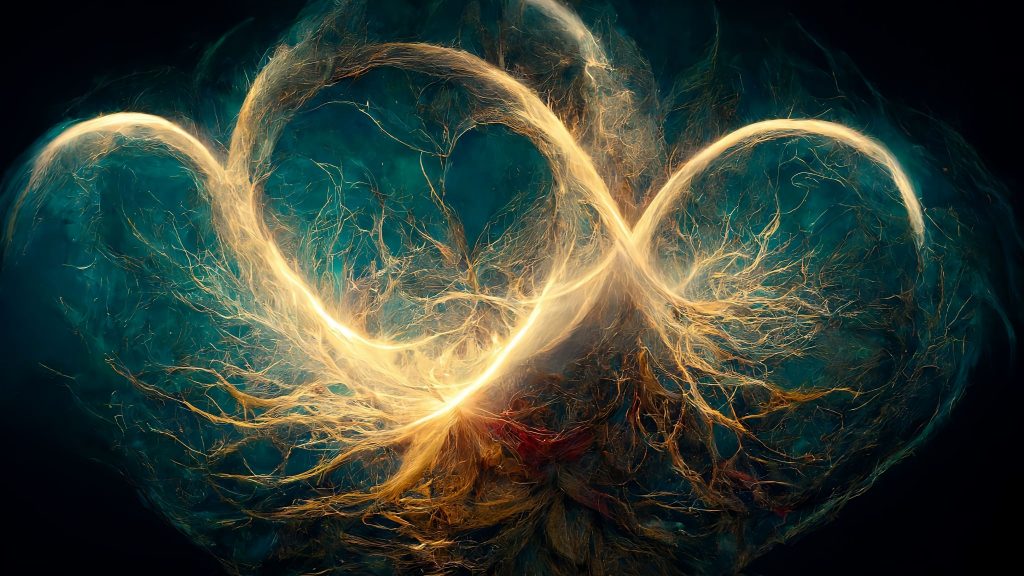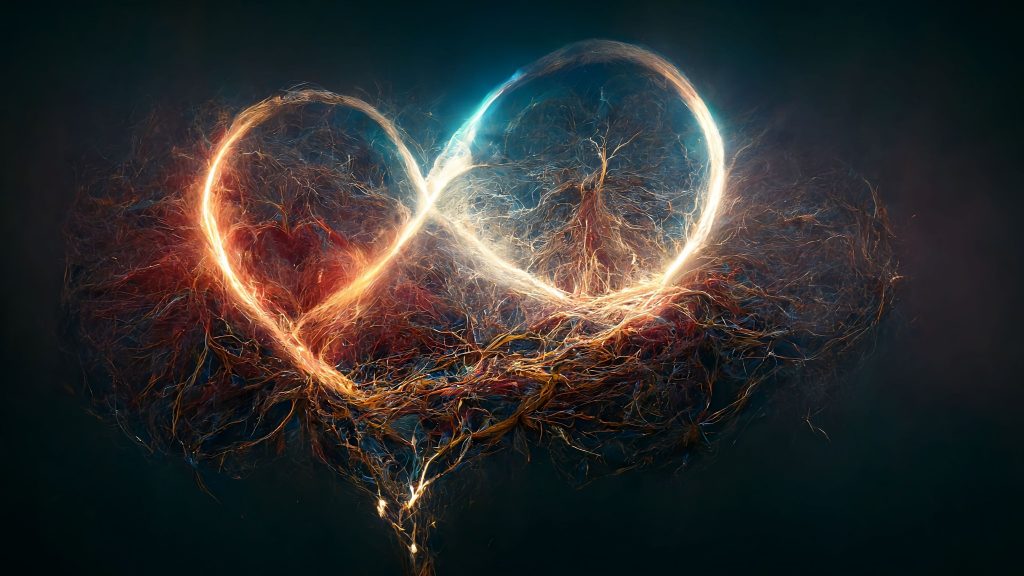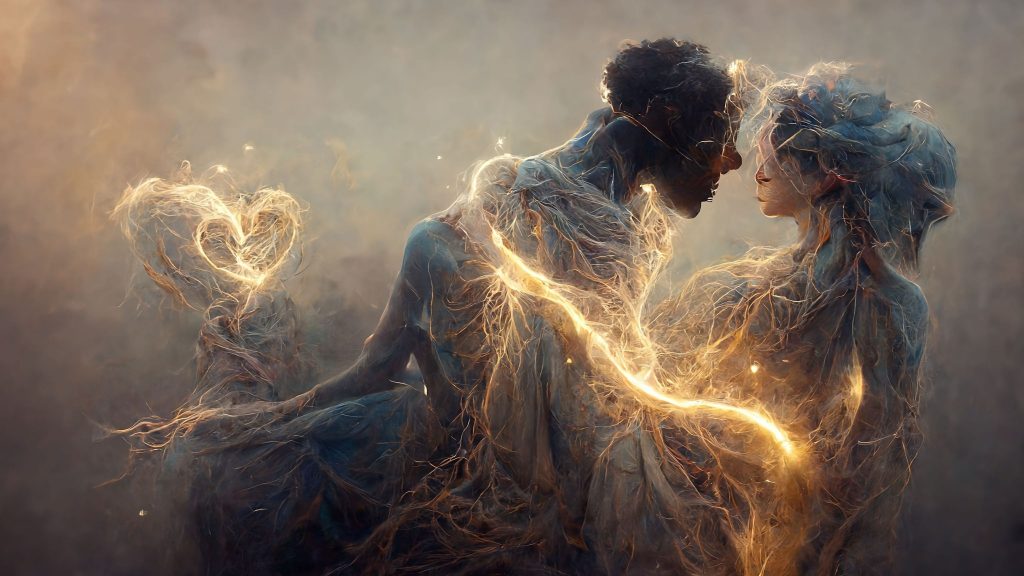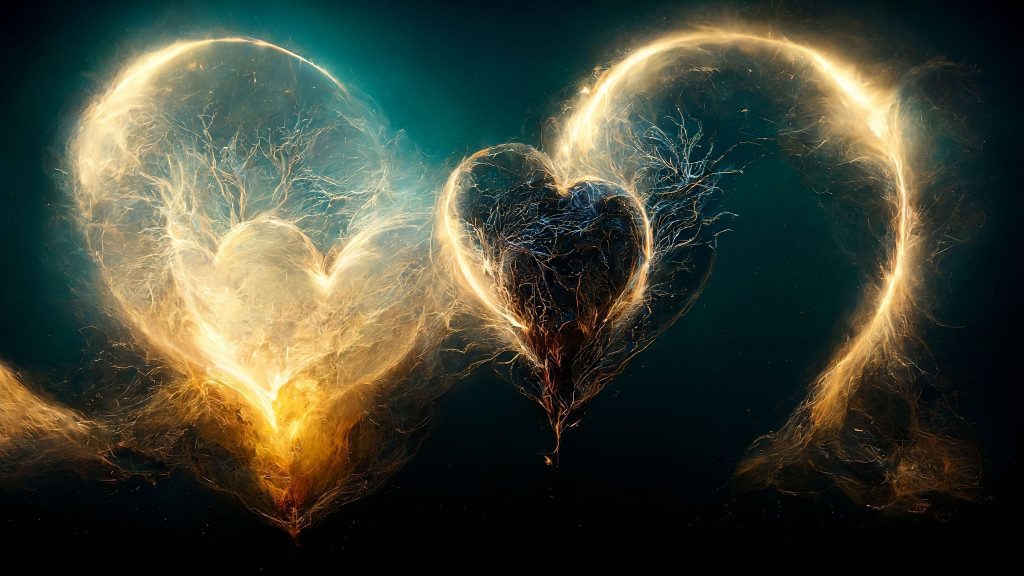Modern love stories make it sound simple. One soulmate, one perfect match, one happily ever after.
But if we zoom in – like, davvero zoom in – on history, we’ll find ancient civilizations with their own ideas. Sorry to burst your bubble, but… most of them weren’t that romantic to begin with.
In fact, to even entertain some of these beliefs, you might need to completely open your mind. Because many of them didn’t even define the soul the way we do today.
The idea of “the one” shows up again and again.
But their interpretations were often far more nuanced, layered, and mystical than our modern, boiled-down version.
So, here are 7 fascinating ways ancient cultures understood soul connection – and what they believed about the people we’re destined to meet.
1. Plato’s Soul Split Theory: Ancient Greece
What better place to start than the cradle of Western thought – ancient Greece stesso.
It’s here, around 385 BC, that one of the most iconic soulmate theories was born in Plato’s Symposium.
In it, the comic playwright Aristophanes offers a strange and beautiful myth: that humans were once androgynous beings. Two faces, four arms, four legs… but just uno anima.
The gods, feeling threatened by these powerful, unified humans, sent Zeus to split them in half, condemning each soul to wander the earth in search of its missing other.
Sound familiar? This myth is where the modern idea of a soulmate truly begins.
But what’s crazy is how this ancient tale mirrors modern neuroscience. Studies show that romantic attachment activates brain regions linked to addiction, craving, and even physical pain relief. It’s as if your brain chemically recognizes something it lost very long ago.
Which might explain why, sometimes, some people feel like home.
2. Twin Flames and Mirror Souls: Ancient Egypt
In ancient Egypt, the soul wasn’t one singular thing. It was a complex system divided into multiple parts:
1. Ka (life force)
2. Ba (personality or individuality)
3. Akh (the transformed spirit after death)
Beyond this, certain esoteric interpretations also spoke of twin souls o mirror spirits, two beings originating from the same divine spark and source.
These weren’t just lovers in the way we think of soulmates today. They were spiritual counterparts, destined to find each other – in this life or the next.
Their union wasn’t about romance. It was about fulfilling a missione divina.
For example, the myth of Isis and Osiris embodies this perfectly.
Interestingly, modern psychology echoes this ancient belief. Carl Jung’s concepts of the anima e animus – the inner masculine and feminine forces within all of us – suggest we’re drawn to those who reflect our own hidden psyche.
In other words, the Egyptians may have been onto something. Our deepest connections often mirror something internal, something we’re still desperately trying to reclaim.
3. Mayan Spiritual Contracts: Ancient Mesoamerica
The Maya had an intricate understanding of the soul (known as ku) and believed that each person entered life carrying spiritual contracts: sacred agreements made before birth.
These contracts mapped out who we’d encounter, who would challenge us, who would help us grow – and who we’d love.
To the Mayans, love wasn’t random. It was pre-written.
And while their worldview was deeply spiritual, it was also refreshingly pragmatic. They understood that intense soul connections weren’t always blissful. They were commonly turbulent, full of shadow work and hard-fought healing.
Their mythology also speaks of soul twins – beings connected by divine origin. But these twins weren’t always romantic partners. They could be family members, friends, even adversaries.
What’s striking is how this echoes modern psychology.
Many deep connections we experience resemble attachment wounds o trauma bonds. We’re pulled in, not because it’s diritto, but because something unresolved is being awakened.
The Mayans understood that the soul doesn’t always seek comfort. Instead, it seeks transformation.
4. Norse Fylgjur: Ancient Scandinavia
In Norse mythology, a fylgja was a kind of spirit double – a shadow-like companion that followed a person throughout life, often appearing in dreams or visions.
It wasn’t quite a soulmate in the modern sense, but in some sagas, certain people were said to share a fylgja, linking their destinies across time and space.
The idea was less about romance and more about intertwined fate – two souls tethered by something unseen.
It’s very spiritual, but this concept somewhat overlaps with modern science. Today, we recognize empathic resonance e emotional mirroring in close relationships. Studies show that deeply connected people can synchronize heart rates, hormone levels, and even brainwave patterns.
The Norse may have called it fate. We now call it chimica. But the mystery behind the bond remains just as powerful.
5. Hinduism and Reincarnated Love: Ancient India
In Vedic and later Hindu traditions, the atman (soul) is eternal, cycling through countless lifetimes in the journey towards liberation.
And in this worldview, soulmates aren’t here to complete you. They’re here to awaken you.
They might appear as lovers, but just as often, they show up as friends, siblings, parents, and even enemies.
Their role isn’t always to comfort, but to challenge your evolution.
The Sanskrit term samskara refers to the emotional and karmic imprints we carry from life to life. In other words – karma.
And when two souls cross paths repeatedly – connected in one life, distant in another – it’s not luck or chance. It’s karma, quietly pulling the strings.
Ancient Hindus didn’t romanticize the idea of soulmates. They saw the bond for what it was: spiritual work. Necessary and often difficult.
6. Chinese Red Thread of Fate: Ancient China
Il Red Thread of Fate ties together those who are destined to meet, regardless of time, distance, or circumstance.
This belief, rooted in Taoist and Buddhist traditions, says the thread may stretch or tangle, but it will mai break.
Unlike the Western idea of “the one,” the red thread doesn’t promise ease or even romance. It simply means connection is inevitable. Sooner or later.
What’s fascinating about this age-old idea is how closely it mirrors quantum entanglement where two particles, separated by vast distances, still instantly influence one another’s state.
Which begs the question: Are we just now catching up?
7. The Hebrew Bashert: Ancient Jewish Mysticism
In Jewish mysticism, there’s a belief that forty days before a child is born, a voice in heaven declares who their soulmate (bashert) will be.
Ma bashert doesn’t always mean perfect harmony. In fact, some rabbinical teachings suggest you may not like your soulmate at first. They might challenge you. Or help you evolve in unique ways.
What defines a soulmate, according to the Talmud, is not ease but alignment with your soul’s purpose.
This resonates with modern research on spiritual partnerships, where long-term relationship success is tied more to mutual growth than to passion or compatibility.
Turns out, your soulmate might be the one who pushes all your buttons, but still stands beside you while you heal and grow.

